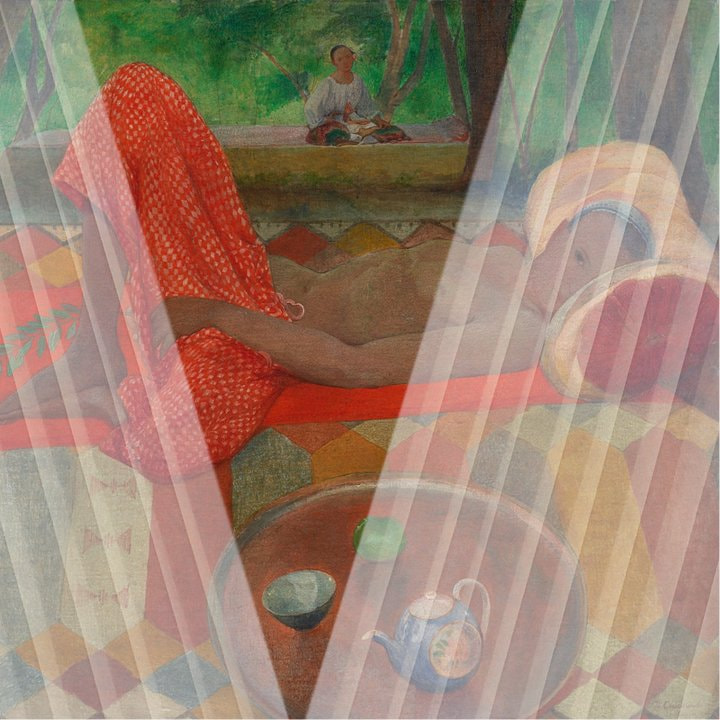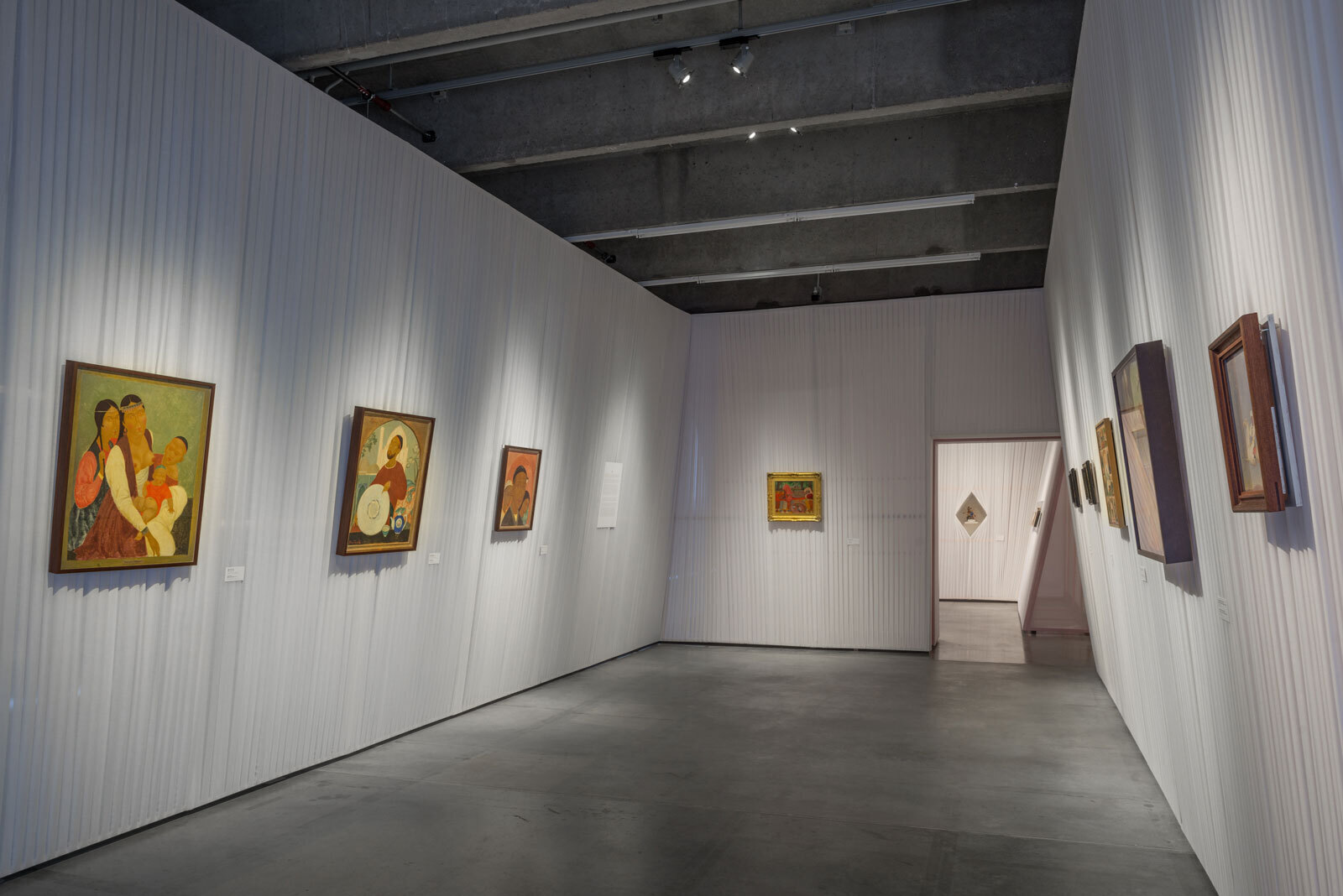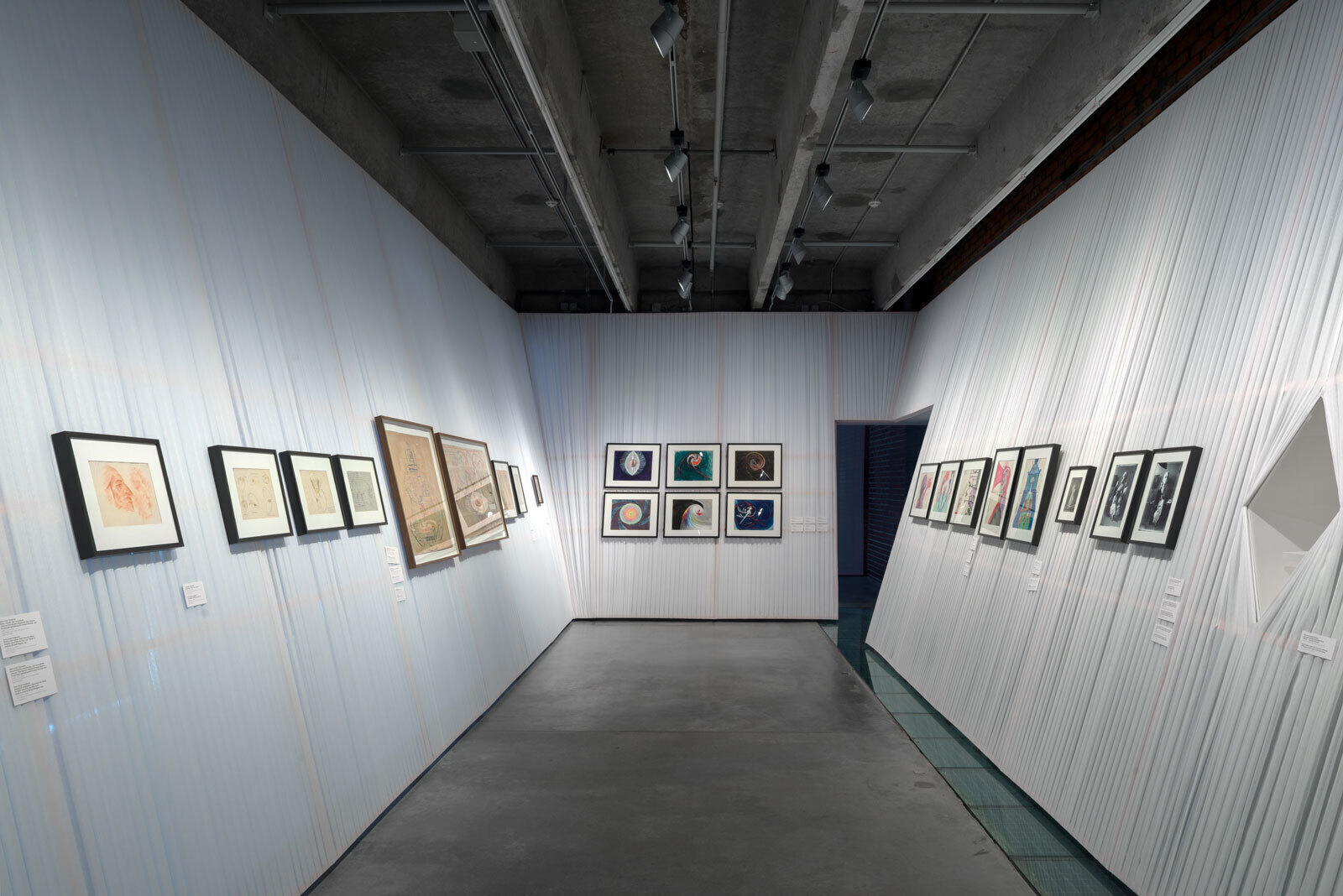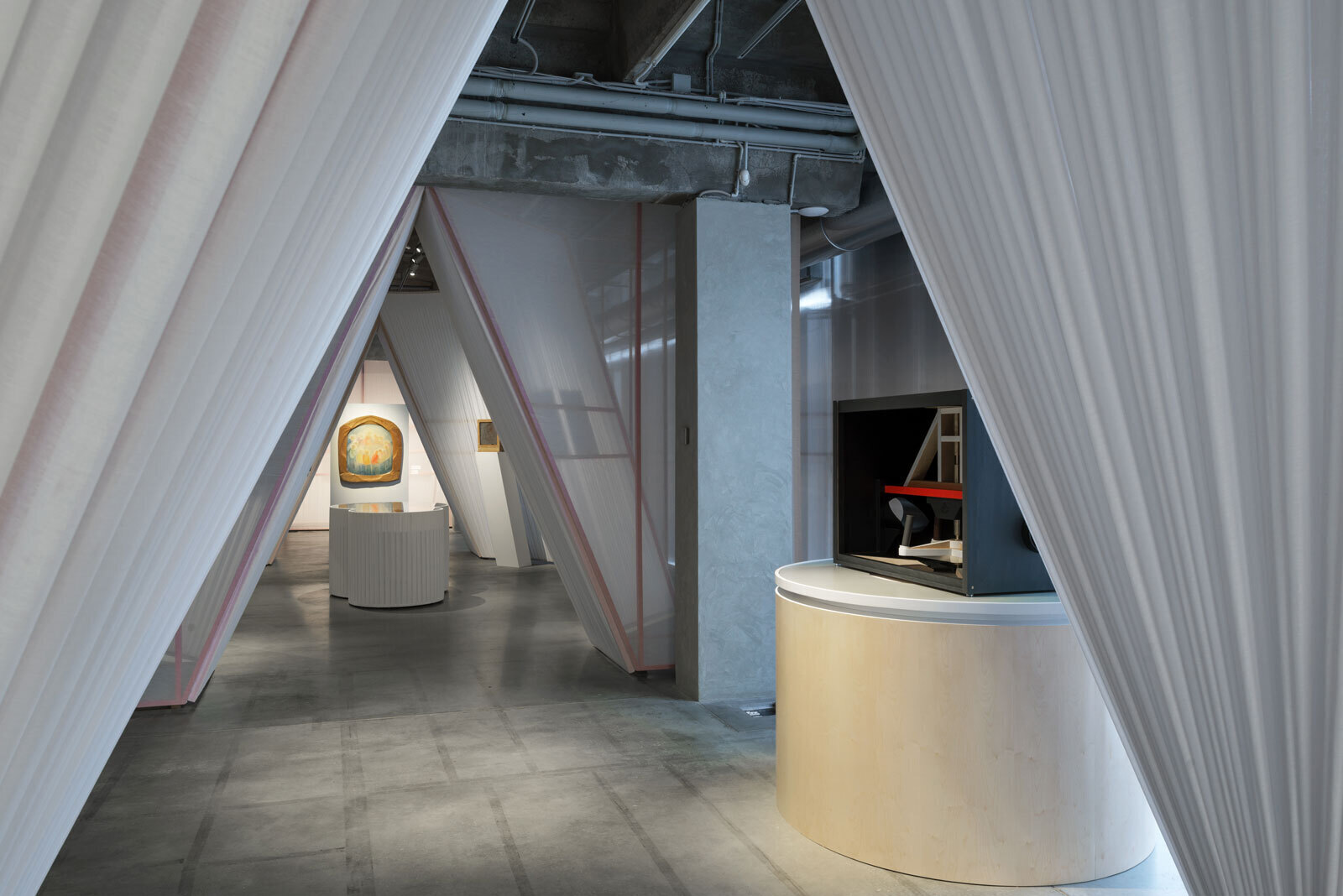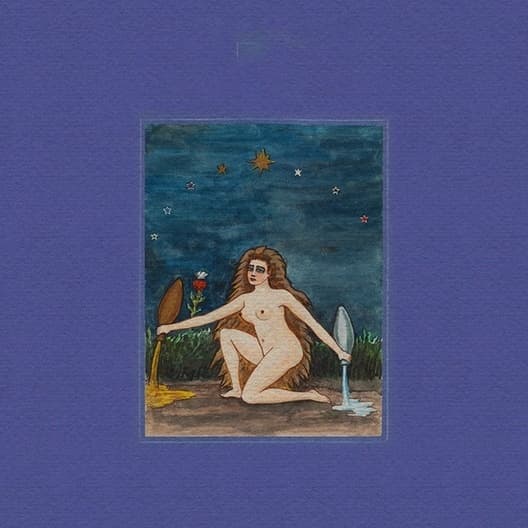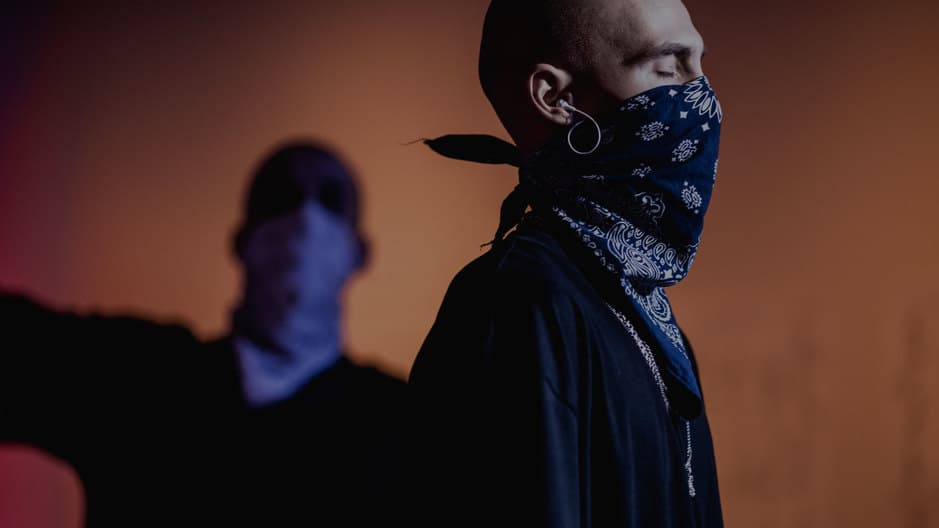"We Treasure Our Lucid Dreams." The Other East and Esoteric Knowledge in Russian Art 1905–1969 is the result of a major research project undertaken by the team at Garage together with art critic Alexey Ulko (Samarkand) and artist Alexandra Sukhareva (Moscow/Dubna).
The quote in the title is from Andrei Bely’s 1901 poem “To Sergey Solovyov.” Bringing together over 150 artworks, artefacts, and archive documents, the exhibition takes a close look at the creative projects of artists who were members of secret societies or constructed individual practices informed by their esoteric interests. Many among these bearers of “secret knowledge” fell victim to Stalin-era repressions: they were executed, sent to prison camps, abandoned their beliefs or lost their archives.
Reflecting on the ways in which “secret knowledge” is preserved and passed on, the structure of the exhibition follows the symbolic cycle of “golden age” and “exile:” from the blossoming of various esoteric practices before the Russian Revolution to the banishment and execution of artists in the 1930s and 1940s; from the spiritual revival of the 1920s in the Soviet East (where many representatives of the Soviet creative intelligentsia went to work, for various reasons) to the arrests that followed and a period of “quiet” creative work thereafter.
The art presented in the exhibition dwells on the periphery—far from the great victories of modernism and the radical Soviet avant-garde—and has remained largely secret and invisible (including to art historians) because it was produced not as an aesthetic experiment but as an artefact of spiritual revelation. The logic of documents has also played an important role in structuring the show: a two-year research project included work in public and private archives and as a result the team reconstructed—from criminal cases and police records of searches—several biographies that had seemed irretrievable, such as that of the artist and anthroposophist Rimma Nikolaeva.
Personal and creative histories form a complex map of direct or indirect connections between the exhibition’s protagonists. Anthroposophy was an important element of the Russian cultural scene before the revolution, primarily due to Rudolf Steiner’s devoted followers, including Andrei Bely and Margarita Sabashnikova. There were also other spiritual groups and societies (some people were members of three or four groups), and together they made up a system of sincere friendships and creative relationships that persisted throughout the years of exile.
Alexandra Sukhareva’s works co-exist alongside the main narrative of the exhibition and are not in direct dialogue with works by Andrei Bely, Asya Turgeneva, Daniil Stepanov or other artists. Sukhareva's project Christa. Argyris. Eudora foregrounds esoteric experiences, brings them into the museum space, and offers visitors an opportunity to build a personal relationship with the “secret” history of Russian art in the twentieth century.
The exhibition architecture was developed by GRACE architects and is inspired by the Italian architect and designer Carlo Scarpa. It features three types of exhibition spaces—the shrine, the archive, and the museum—each featuring a different angle of display surfaces covered in pleated fabric. These three types sum up the experience of the research team and reflect an alternative approach to art history, one outside the main paths of modernism that revives interest in esoteric practices and various forms of “secret knowledge.”
The performative part of the project focuses on esoteric movement and dance practices and includes performances by the anonymous artists of VASYARUN (Moscow), whose works are partly based on George Gurdjieff’s Fourth Way, and by eurythmist Martje Brandsma (Netherlands/Switzerland), who offers her interpretation of the ideas of Rudolf Steiner’s school of eurythmy.
Curators: Katya Inozemtseva, Andrey Misiano
Research team: Daria Bobrenko, Oksana Polyakova, Anastasia Chebotareva
Research advisors: Alexey Ulko, Boris Chukhovich, Oleg Shishkin
Exhibition architecture: GRACE (Ekaterina Golovatyuk, Giacomo Cantoni, Ksenia Bisti, Ivano Viceconte)
Artists:
Nina Anufrieva, Ariadna Arendt, Lydia Armand, Boris Astromov, Alexander Barchenko, Andrei Bely, Gleb Boky, Martje Brandsma, Viktor Chernovolenko, Pyotr Fateev, Anatoly Grigoriev, George Gurdjieff, Alexei Isupov, Isaac Itkind, Sergey Kalmykov, Aleksandr Kots, Maximilian von Meck, Grigory Myobes, Aleksandr Nikolayev (Usto Mumin), Rimma Nikolaeva, Fyodor Rostopchin, Margarita Sabashnikova, Aleksandr Sardan, Julian Shutsky, Boris Smirnov-Rusetsky, Daniil Stepanov, Alexandra Sukhareva, Anna (Asya) Turgeneva, Sergey Shigolev, Rudolf Steiner, VASYARUN, Vasily Vatagin, Boris Zubakin

